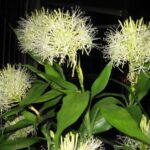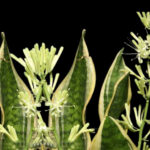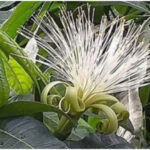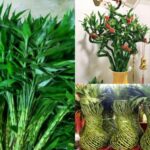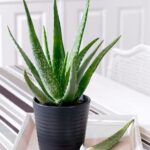Money Tree
The Money Tree is a familiar plant to the people of Vietnam. It is also known as the Lucky Bamboo or Green Jade plant. With its straight stem and lush green leaves, it resembles a small bamboo shoot, symbolizing the homeowner’s upward-striving spirit. Money Trees are often grown in large clumps, and their white roots are particularly eye-catching when grown in water.
In feng shui, the Money Tree can be placed on altars dedicated to Buddha, as well as to the God of Wealth and Ancestors. According to feng shui principles, displaying three branches on the altar represents a wish for happiness, five for health, eight for wealth, and nine for good fortune. This is believed to bring luck and prosperity to the family.
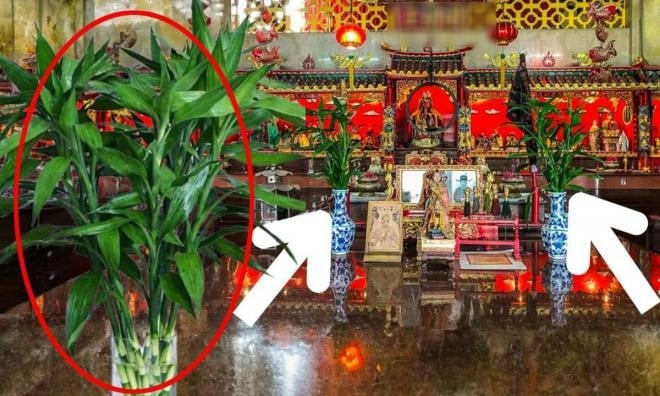
Lucky Money Tree
Money Plant
The Money Plant, with its unique shape and vibrant green leaves, is an eye-catching addition to any altar. Its thick leaves and wide-spreading canopy add a sense of grandeur, coolness, and cleanliness to the space.
In feng shui, the Money Plant is a symbol of good fortune and prosperity. It is believed that growing this plant and placing it on an altar will attract luck and wealth to the homeowner.
Lucky Tree
The Lucky Tree, also known as the “Rich Tree,” is a popular choice for families engaged in business and trade to decorate their ancestor altars. The name “Lucky Tree” signifies bringing wealth and honor to the family.
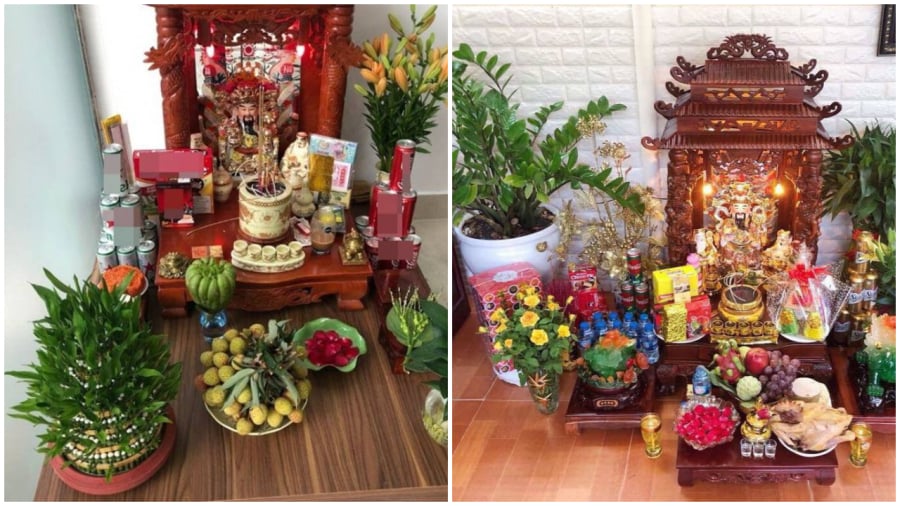
Three Lucky Plants for Water Cultivation on Altars
Thus, offering flowers to the God of Wealth and Earth God is an integral part of Vietnamese spiritual culture, expressing the homeowner’s reverence and aspirations.
Information is for reference only.
The Year-End Ritual: Branch of Luck and Incense, but Are You Doing It Right?
The Cai Thanh Loc (Fortune Bathed Branch) is a traditional item used during the Vietnamese New Year celebrations to bring good fortune and prosperity for the coming spring. This symbolic branch is believed to attract positive energy and is often burned as a fragrant offering to usher in the new year with luck and vitality.


























